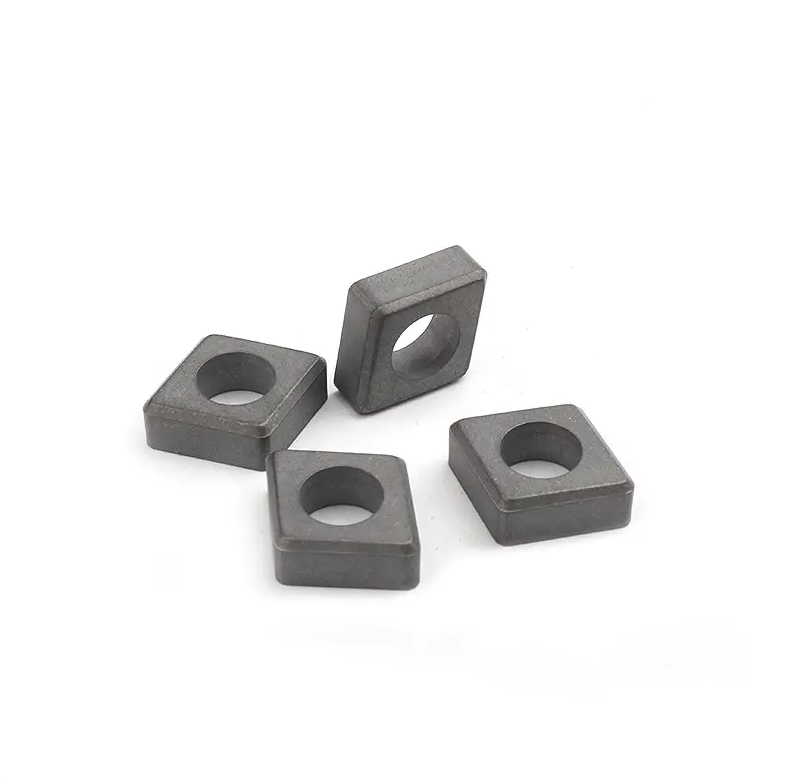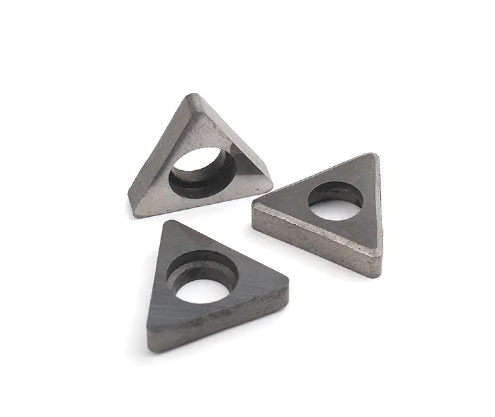The Future Role of Carbide Brazed Tips in Tool Development

The enduring relevance of Carbide Brazed Tips and Indexable Insert highlights how precision tools continue to evolve alongside machining technology. These components embody efficiency, stability, and adaptability in manufacturing environments where precision cannot be compromised.

A Carbide Brazed Tip fuses tungsten carbide to a steel base, offering strength and stability for heavy or continuous cuts. The brazed interface absorbs mechanical stress while maintaining edge integrity, even at high cutting temperatures. Skilled regrinding can restore the original edge, extending tool life and minimizing waste.
The Indexable Insert, by contrast, focuses on flexibility. Its replaceable structure enables fast tool changes, critical in automated systems that depend on minimal downtime. Inserts are available in various geometries, chipbreakers, and coatings, each optimized for specific materials and machining conditions.
The efficiency of both tools depends on careful selection and usage. For example, choosing the right insert geometry for chip control reduces tool wear and improves surface quality. Similarly, selecting the appropriate carbide grade and brazing filler in brazed tips ensures optimal toughness and resistance to heat damage.
Recent research focuses on environmental and digital integration. Smart toolholders equipped with sensors monitor cutting temperature and vibration, providing real-time data to optimize machining parameters. Recyclable carbide materials are also gaining attention, addressing the growing need for sustainable manufacturing.
Carbide Brazed Tips and Indexable Insert together form the technical backbone of precision cutting. They illustrate how consistent innovation—whether through material science or design enhancement—supports manufacturing’s ongoing pursuit of accuracy and efficiency.





